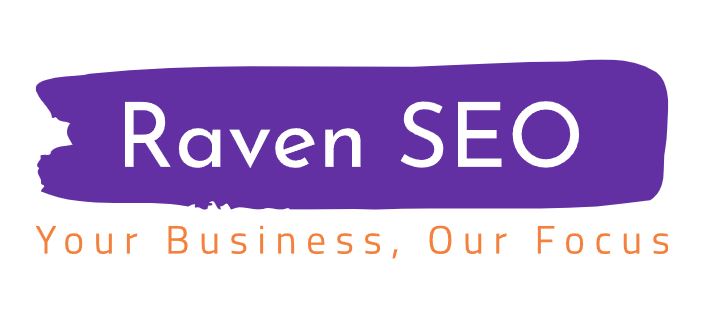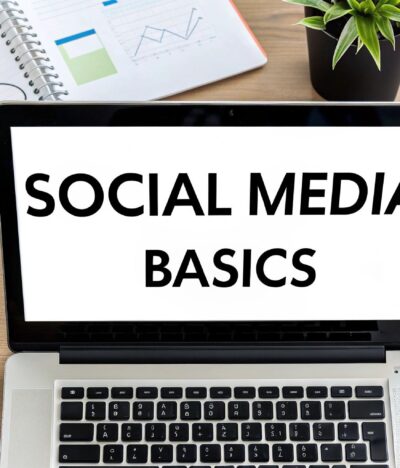Ever feel like you’re talking to a brick wall when it comes to Google? You’re not alone! A lot of small businesses pour time and energy into SEO, but their websites still don’t get the love they deserve in search results.
Here’s the thing: Google’s algorithms are smarter than ever. They’re not just looking for keywords anymore; they’re trying to figure out the intent behind every search. So, if you want to play the SEO game and win, you need to understand search intent – what people are really looking for when they type something into Google. Successfully understanding search intent will allow you to create more quality content focused on type of search intent you are targeting.
Why Does Search Intent Matter? (Hint: It’s Not Just About Keywords)
Think of it this way: If someone searches for “best pizza in Baltimore,” are they looking for a pizza recipe, a list of top-rated pizzerias, or are they ready to order delivery right now? That’s where search intent comes in.
Google’s goal is to provide the most relevant and helpful results for each search. If your website’s content doesn’t match the user’s intent, Google’s not going to show it to them, no matter how many times you cram in the word “pizza”, or how many backlines you bought, or your AI generated videos. Lets take a look at the types of search intent.
The 4 Types of Search Intent
-
Informational: The searcher is looking for information or an answer to a question.
- Examples: “how to fix a leaky faucet,” “what is SEO,” “best dog breeds for families”
-
Navigational: The searcher is looking for a specific website or webpage.
- Examples: “Facebook login,” “Raven SEO website,” “Amazon”
-
Transactional: The searcher wants to complete a transaction or take action.
- Examples: “buy hiking boots online,” “order pizza delivery,” “book a flight”
-
Commercial Investigation: The searcher is researching products or services before making a purchase.
- Examples: “best laptops for students,” “top-rated restaurants in Baltimore,” “Honda Civic reviews”
How to Decode Search Intent (Like a Pro)
Figuring out search intent takes a little bit of detective work, but it’s worth it. Here are some tips:
- Look at the Keywords: Certain words can give you clues. Words like “how to,” “what is,” or “guide” usually indicate informational intent. Words like “buy,” “order,” or “near me” are typically transactional.
- Check the Search Results: See what kind of results Google is already showing for that keyword. Are they mostly blog posts (informational), product pages (transactional), or a mix?
- Use Your Common Sense: Put yourself in the searcher’s shoes. What would you be looking for if you typed in that query?
Why Understanding Search Intent Matters for YOUR Business
Here’s where the rubber meets the road. When you create content that aligns with search intent:
- You Attract the Right Visitors: People who are genuinely interested in what you offer.
- You Rank Higher: Google rewards relevant content with better rankings.
- You Get More Conversions: When your content matches the searcher’s intent, they’re more likely to take the next step (contact you, buy something, etc.).
Signs You’re Targeting the Wrong Search Intent
Even with the best intentions, it’s easy to accidentally miss the mark on search intent. Here are a few red flags to watch out for:
- High Bounce Rates: If people are quickly leaving your page after clicking from search results, it’s a sign they’re not finding what they expected.
- Low Time on Page: Users spending very little time on your page is another indicator that the content isn’t fulfilling their needs.
- Few Conversions: If you’re aiming for sales or leads, but those numbers are low, it could mean your content isn’t matching the transactional intent of searchers.
- High Ranking for Irrelevant Keywords: Are you ranking for keywords that don’t really relate to your core business or offerings? This could mean you’re attracting the wrong audience.
- Google Search Console Insights: The “Performance” report in Google Search Console can reveal discrepancies between keywords with high impressions but low click-through rates (CTR). This could suggest that your title and meta description are misleading users about the content on your page.
Remember:
- Analyze your existing content and identify any mismatches between the keywords you’re targeting and the actual content on the page.
- Pay attention to user behavior metrics like bounce rate and time on page to gauge whether your content is resonating with visitors.
- Regularly review your Google Search Console data to identify opportunities for improvement and refine your keyword strategy.
By staying attuned to these signals and adjusting your approach, you can ensure that your content aligns with search intent and effectively serves the needs of your audience.
Get Inside the Minds of Your Customers
Search intent is like a treasure map to understanding your customers. By figuring out what they really want when they search, you can create content that speaks directly to their needs and desires. This leads to higher rankings, more targeted traffic, and ultimately, more business for you! Search intent is just one of many SEO terms, check out our full SEO glossary to learn more!
Ready to unlock the power of search intent? Contact Raven SEO today for a free website audit!




